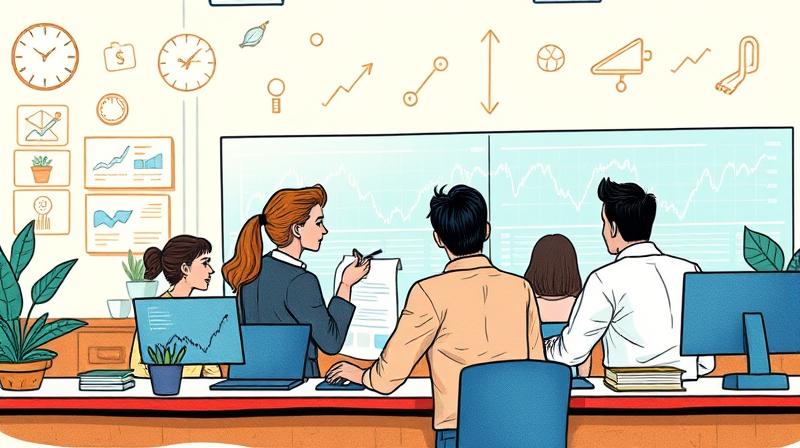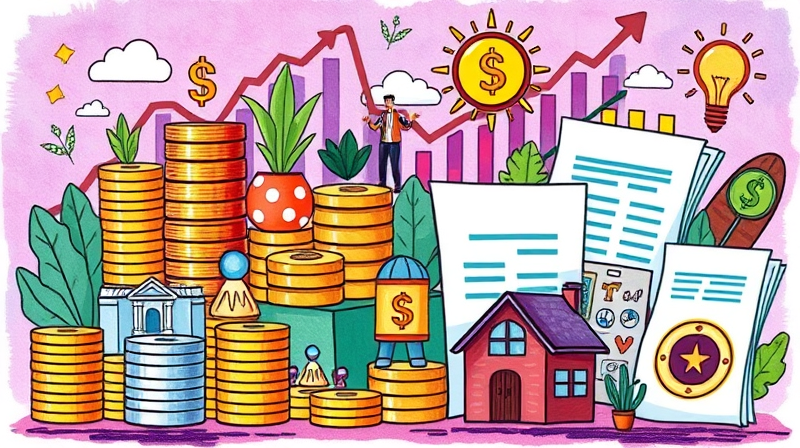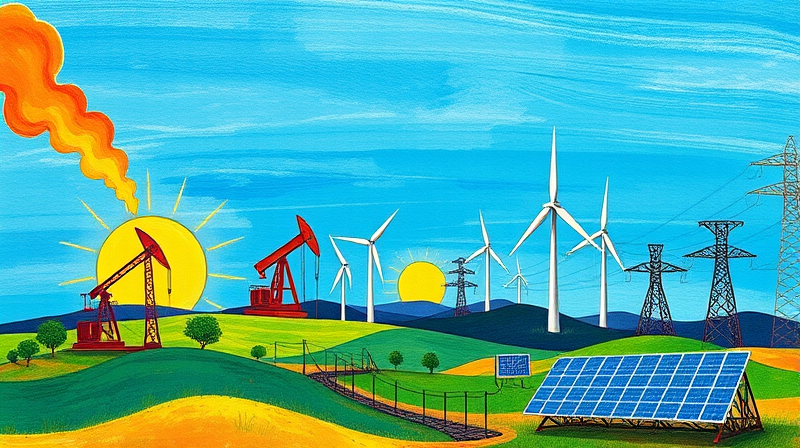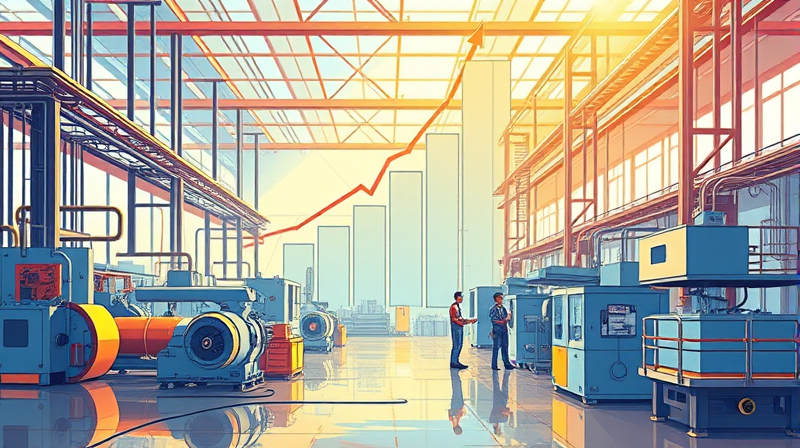
Mid-2025 data indicate the U.S. labor market is gradually transitioning from the breakneck pace of the post-pandemic boom toward a more balanced, cautious environment.
May 2025 nonfarm payrolls rose by 139,000, slightly below the 12-month average of 149,000. The three-month average remains below both 2023 and pre-pandemic 2019 levels, suggesting a persistent slowdown rather than sharp deceleration.
While total job gains have moderated, hiring continues in healthcare and hospitality. Federal job reductions, however, have weighed on private-sector hiring. Forecasters now expect average monthly additions around 140,000 for the rest of 2025, down from previous 145,000 projections.
Certain industries are showing distinct patterns that reflect both cyclical shifts and structural headwinds.
Manufacturing sees the number of unemployed workers exceed openings for the first time since 2021, even as wages rise modestly. In oil and gas, lower crude prices and drilling slowdowns have trimmed payrolls. Housing starts have cooled, reducing construction labor demand.
The quits rate has fallen well below 2019 levels, reflecting a more cautious approach to job-switching. Younger workers, in particular, report diminished confidence and few entry-level roles are available.
Some analysts argue this decline in mobility may also represent stable job matches from the previous period of high turnover. Yet, with long-term unemployment rising, concerns grow that fewer workers are finding new opportunities quickly.
Several structural and external forces are reshaping labor demand and supply dynamics:
Employers and government leaders must anticipate a more cautious hiring environment and invest in long-term resilience.
Amid cooling job creation, individuals can strengthen their prospects by focusing on high-growth industries and adapting their skills.
As the U.S. labor market moves toward a more balanced state, stakeholders must remain proactive. Employers can cultivate loyalty through training and flexible work policies, while policymakers should focus on targeted support for at-risk sectors.
By aligning education, technology, and immigration policies, the nation can sustain a productive workforce. With thoughtful action, this period of cooling can become an opportunity to reinforce long-term labor market resilience and ensure inclusive growth.
The early signs of cooling in mid-2025 reflect both the natural ebb of a post-pandemic boom and deeper structural shifts. While these changes pose challenges, they also open doors to innovation in workforce development, technology adoption, and policy design.
By embracing adaptability, fostering collaboration, and investing in people, the labor market can navigate this transition and emerge stronger in the years ahead.
References













